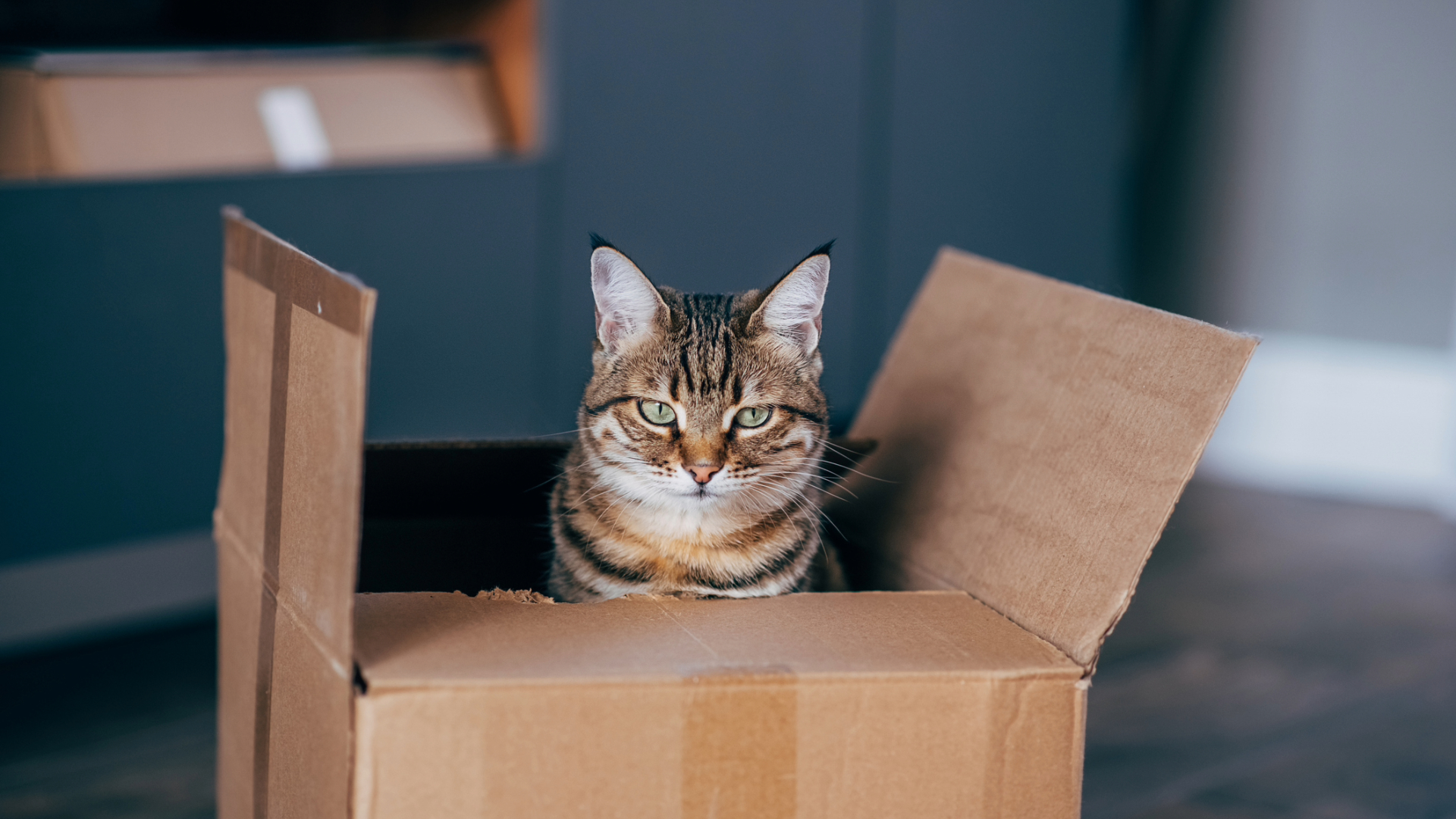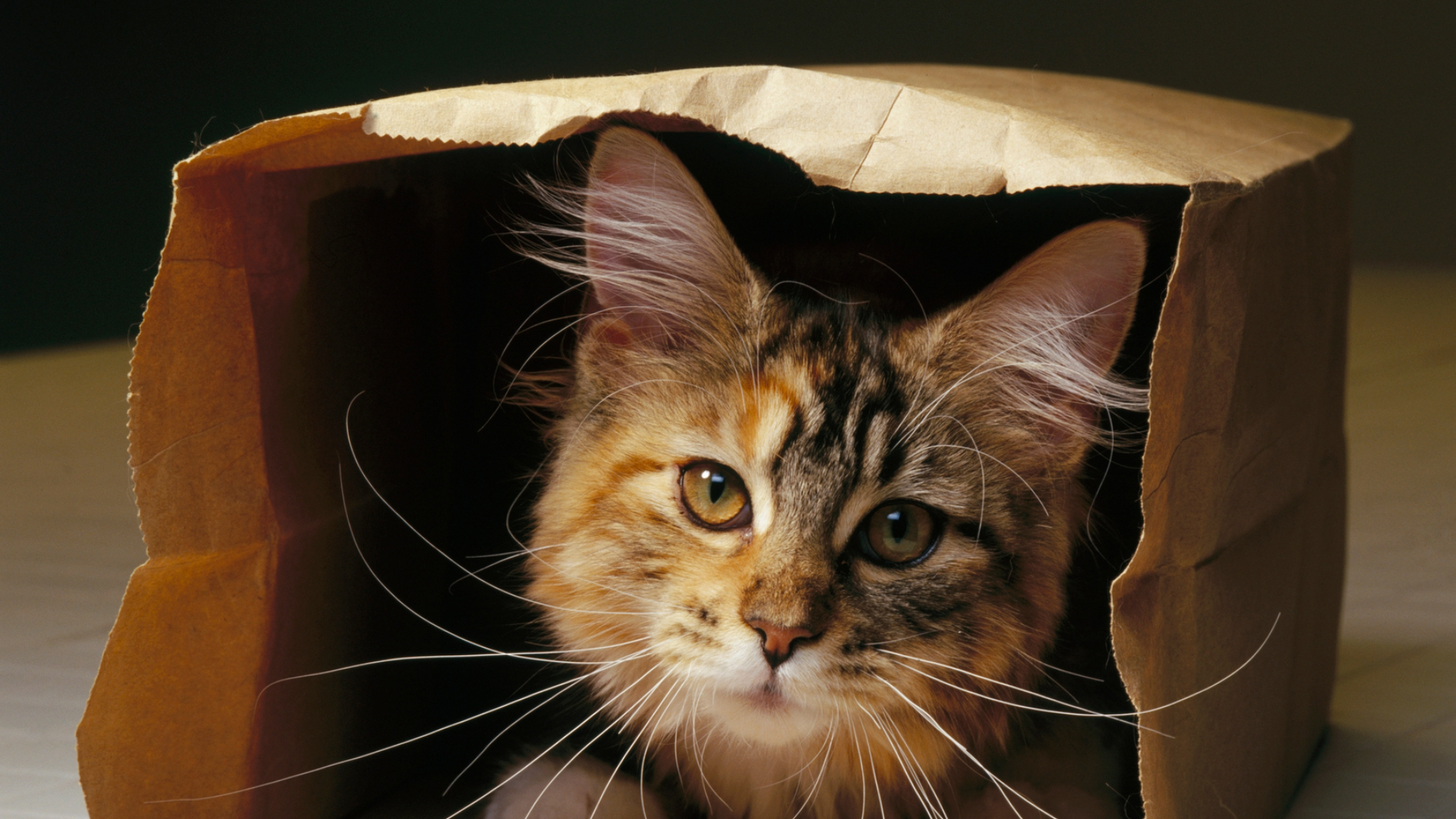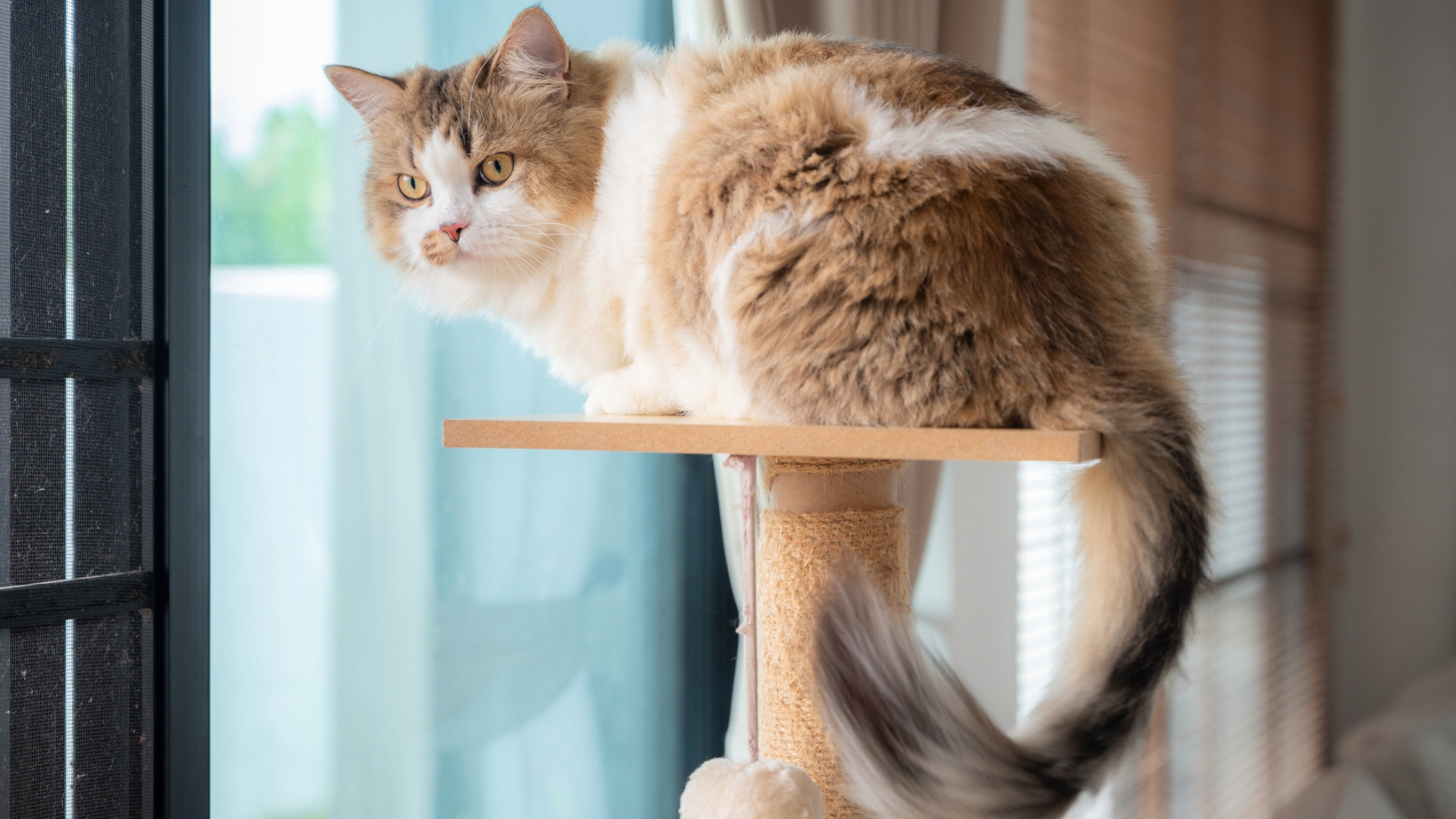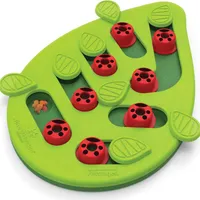How to entertain a cat that doesn’t like toys: 7 vet-approved solutions (and whether you need to worry)
Clever and creative ways to keep your cat that doesn’t like toys content!

Are you wondering, 'How to entertain a cat that doesn’t like toys?' This is something I get asked surprisingly often in practice. It’s easy to assume that all cats love a good play session with a toy mouse or a tinkling ball, but the truth is, not every cat is motivated by traditional toys.
If your feline friend isn’t interested in the usual offerings from the pet shop, don’t worry. There are still plenty of ways to keep them engaged, happy, and mentally enriched.
I'm a small animal vet with more than 13 years of experience, and I’ve worked with countless cats, each with their own unique personality and preferences. Some cats are naturally playful, while others prefer a quieter, more observational lifestyle. The key is to find what sparks your cat’s curiosity and build enrichment around that.
Below, I explore why some cats don’t like toys, how to tell if your cat is under-stimulated, and – most importantly – share lots of simple, practical ideas for enriching your cat’s life without relying on toys. And if you’re still on the hunt for the right toy, don’t miss our guide to the best cat toys for indoor cats.
How to entertain a cat that doesn’t like toys
Not every cat enjoys batting around plastic balls or chasing feather wands. If toys aren’t your cat’s thing, try one (or several!) of these alternative enrichment ideas:
1. Create a window perch for bird watching
Cats are natural hunters, and even if they’re not the type to chase a toy around the house, they’ll often enjoy watching the world go by. Set up a comfy window perch or cat hammock by a secure window where they can watch birds, squirrels, or even just the neighbors coming and going. Bonus points for adding a bird feeder outside to make things even more interesting!
2. Offer cardboard boxes and paper bags
Sometimes the simplest things are the most fun. Cardboard boxes and paper grocery bags (with the handles removed for safety) can provide hours of entertainment. They’re perfect for hiding, pouncing, and exploring, plus, they appeal to your cat’s natural instincts without needing fancy toys.
Get the best advice, tips and top tech for your beloved Pets

3. Use scent-based enrichment
If your cat isn’t into movement-based play, try tapping into their sense of smell. Sprinkle a little dried catnip, valerian root, or silvervine on a soft blanket or scratcher. Some cats love rolling in it, sniffing, and rubbing their cheeks. Check out our guide to the best catnip toys, too.
4. Make mealtimes more interesting
Feeding routines can double as mental stimulation. Try scattering kibble around a room, hiding food in toilet roll tubes, or using one of the best puzzle feeders and lick mats. This encourages natural foraging behaviors and gives your cat something to “work” for.
Catstages by Nina Ottosson Buggin' Out Puzzle | Amazon
This interactive treat puzzle designed to engage your cat's natural foraging instincts. It has 16 hidden treat compartments, meaning cats can bat at the pegs and swivel the leaves to uncover hidden rewards, providing both mental stimulation and physical activity. Made from food-safe materials and designed without removable parts, it ensures safe and easy playtime for your cat.
5. Try clicker training
Clicker training isn’t just for dogs! Cats can learn simple tricks and behaviors using positive reinforcement. Start small, like teaching your cat to sit, touch a target, or jump onto a stool. It's an excellent way to bond, build confidence, and stimulate their brain. You might also want to read our guide on how to teach a cat a trick.
6. Rotate environments and rearrange furniture
Changing your cat’s environment, even slightly, can reignite their curiosity. Move a cat tree to a new location, swap out bedding, or create a new hidey-hole under a chair. Environmental novelty can be just as enriching as toys - if not more so. Just be careful to gauge your cat’s reaction, as moving things around too much may stress your cat out.
7. Encourage interaction with you
Some cats are more people-focused than toy-focused. Simply sitting on the floor, talking to your cat, gently stroking them, or letting them rub against you can be enough stimulation for certain individuals. Don’t underestimate the power of quality one-on-one time and focused attention.

Is it normal for my cat to not play with toys?
Yes, some cats just don’t like toys, and that’s completely normal. While play is an important behavior, not all cats express it in the same way. Some cats prefer watching rather than doing, especially as they get older or if they’ve never been encouraged to play as kittens.
Breed and personality also play a role. For instance, highly active breeds like Bengals and Abyssinians are usually toy-driven, whereas quieter cats like Persians might prefer to snooze and observe rather than chase. As long as your cat is otherwise healthy, content, and getting enrichment in other ways, there’s no need to worry.
Just be aware, if a cat suddenly stops playing or becomes withdrawn, it’s worth checking in with your vet, as this could be a sign of pain, illness, or stress.

How do I tell if my cat is under stimulated?
Cats who aren’t getting enough stimulation can develop behavioural or emotional issues. Here are a few signs your cat might be understimulated:
- Excessive sleeping or lethargy: It’s normal for cats to sleep a lot, but if your cat is only sleeping and never showing bursts of energy or curiosity, they could be bored.
- Destructive behavior: Scratching furniture, chewing wires, or knocking things over may be signs your cat is trying to create their own fun in the absence of stimulation.
- Overgrooming or other stress behaviors: Cats who feel unfulfilled may resort to overgrooming, pacing, or even aggression. These behaviors can be both a symptom of boredom and stress.
- Meowing excessively or demanding attention: A cat that constantly meows or seems clingy may be trying to tell you they need more engagement, just not in the form of a squeaky mouse toy!
If you suspect your cat is understimulated, try gradually introducing some of the enrichment techniques mentioned above, and monitor how they respond.

Not all cats are captivated by traditional toys – and that’s perfectly okay. Every feline has their own unique preferences and personality. The key is to think outside the (toy) box and explore alternative ways to keep them mentally and physically engaged, whether through interactive feeding, environmental enrichment, or bonding time with you.
With a little patience and creativity, even the most toy-averse cat can find joy in stimulation that suits their individual style. If you are ever worried, remember your vet is always there to help if you’re unsure about your cat’s behavior or wellbeing.
Read next: I tried ‘nosework’ with my cats and it’s transformed our bond and what to do if your cat won't play. Or get more expert tips on how to play with a cat without toys.

Emma graduated from the Royal Vet College in London in 2011. She has a keen interest in surgery and went on to do a postgraduate certificate in small animal surgery and was then awarded advanced practitioner status in the same discipline.
Edited by Megan Milstead.
This page was last updated in April 2025 by Emma Chandley.
Emma Chandley is a vet with 14 years of experience and has a keen interest in surgery. After graduating from the Royal Vet College in London in 2011, she achieved a postgraduate certificate in small animal surgery from the British Small Animal Veterinary Association and Nottingham Trent University. She was then awarded advanced practitioner status in the same discipline by The Royal College of Veterinary Surgeons. She has a black Labrador and two pygmy goats at home.

